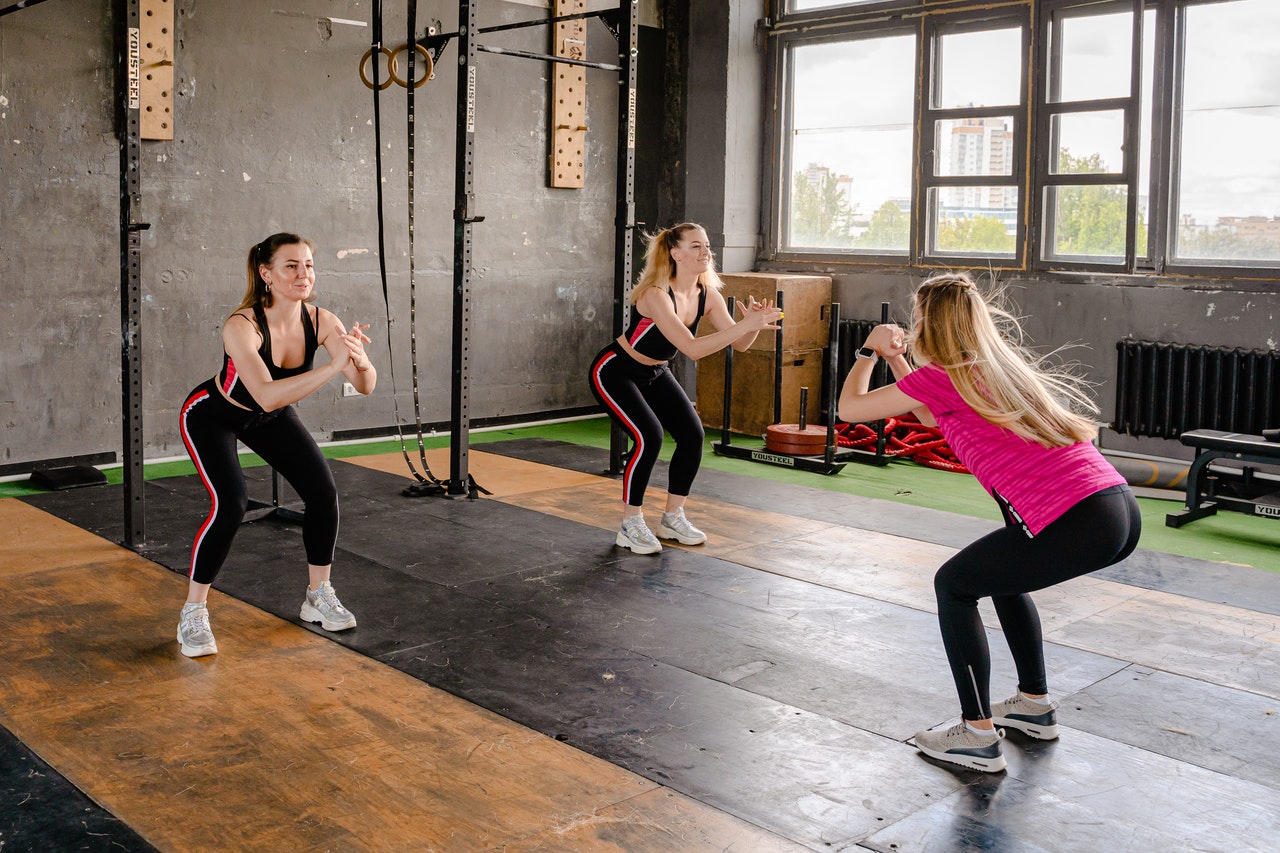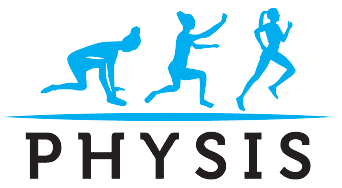Our legs are the wheels of our bodies, propelling us to our destinations. Legs comprise of hip, knee and ankle joints with multiple muscles to complete the function of standing, walking and running. These muscles are responsible for generating force and motion. So, it makes sense to keep your leg muscles strong and agile.
Did you know, that if you don’t keep up the strength of the muscles, muscle atrophy starts as early as 3 days of non-use. Which means that if you stayed in bed for 3 days, not using your legs at all, you will start to notice weakness. This degree of atrophy does depend on how much you use that muscle. As a physical therapist I am very well aware of this concept. But, I really got to see this when my aunt was hospitalized after kidney stone removal. Her back had been hurting and her BP was extremely low so the MD advised her to stay in the hospital after her procedure. She stayed for 3 days and in that time, you could see her leg muscles lost tone and she had mild swelling in both of her legs.
For the majority of us, though, this situation is not applicable. From the standpoint of fitness, what we most often see, is one of the following three scenarios: Those who don’t exercise at all and have general weakness, those who exercise on and off and those who are very regular with their workouts/exercises.
In the first scenario, we are dealing with more of a generalized weakness. This does not mean you cannot walk or use steps. What we often see is fatigue/limited endurance where we can’t walk or stand as long, get tired after a flight of steps or even have some kind of a joint pain while getting up from a chair or toilet.
In the second scenario, we see people going through periods of feeling good when they workout to periods of feeling weaker when they don’t exercise. Consistency is an issue here, so you make progress to your goals, gain strength and then once you stop, the atrophy starts and you fall back into scenario one.
In the third scenario, we see people who regularly workout and are strong. However, there are also some who focus only on arms and core, disregarding exercising their legs or are dealing with some form of pain/injury limiting their participation in leg strengthening.
Regardless of fitness level, lack of leg strength has an impact on your ability to participation in daily activities. As we discussed earlier, your muscles generate force and motion. When muscles get weak, they are unable to generate the force needed to complete the activity. So, load transfers onto our ligaments and joints. Now the ligaments and joint structures start to work harder as they have to do their jobs as well as what the muscles are not able to do. Eventually, you start noticing wear and tear of the ligaments and joints resulting in pain and swelling. Varying levels of pain will impact your ability to participate in activities of your choice. In extreme cases, the damage of ligaments and joints can be irreversible and need surgical intervention.
Knowing the importance of leg strengthening, there are some key exercises we are presenting below that can help in either of the above-mentioned scenario. These exercises are general and can be manipulated based on the level of your fitness. You don’t need any equipment but you can also make them challenging by adding therabands, dumbells and static holds.
1. Squats
· Stand straight with both feet shoulder width apart and knees slightly bent.
· Now bend both knees and hips as if you are sitting in a chair.
· Avoid turning knees in, bending knee past your toes, arching your back or raising your toes while squatting.
· You can repeat 10-15 reps, 1-2 sets.
· It works the quadriceps, hamstring, gluteal and calf muscles
2. Side walking and backward walking
· Other simple and effective exercises to activate the muscles on the sides and back of the legs is walking sideways and backwards.
· You can do this exercise with knee straight or with knees slightly bent.
· Sideway walks: Position yourself with feet apart. Keep knees straight and begin stepping sideways, focusing on the muscles on the sides of the hips. You can make this harder by bending the knees slightly and holding this position while stepping sideways.
· Backward walks: Take alternate steps back, focusing on the buttock muscles.
· You can do 2-3 laps for each of this exercise.
· It works on the gluteal medius, gluteus maximus, Tensor Fascia Latae and Abductor muscles
3. Walking on toes and heels alternatively
· Foot forms the base of our body and an important stabilizer.
· Walking on toes helps to strengthen calf muscles, and walking on the heels helps to strengthen muscles of the shin.
· Toe walks: Come up on your toes. Hold this position and walk 2-3 laps, to your tolerance.
· Heel Walks: Come up on your heels. Hold this position and walk 2-3 laps, to your tolerance.
· It works on the gastrocnemius, soleus, anterior tibialis and posterior tibialis muscles.
4. Oblique low sit for gluteus medius muscles.
· Begin laying on your RIGHT side, with legs in staggered position; RIGHT leg bent to 90 degrees of hip and knee flexion; LEFT hip neutral with knee bent to 90 degrees.
· Come up on your RIGHT elbow with forearm on the ground.
· Now use the support from your RIGHT forearm and RIGHT knee to push to the ground, lifting the trunk and pelvis off the ground.
· Count for 3-5 seconds.
· Make sure you don’t hold your breath
· Slowly lower yourself back to the ground
· It works on strengthening the hip abductor and core muscles.
5. Bridging
· Lay on your back with knees bent and feet flat on the floor
· Keep your arms on either side of your body.
· Push through your feet, lifting your pelvis of the ground towards the ceiling.
· Hold for 2-3 seconds and gently return to starting position.
· Make sure you focus on pushing through the foot to lift your hips. Avoid tightening buttock muscles to lift the pelvis.
· It works on strengthening gluteal, hamstring and core muscles.



Comments are closed